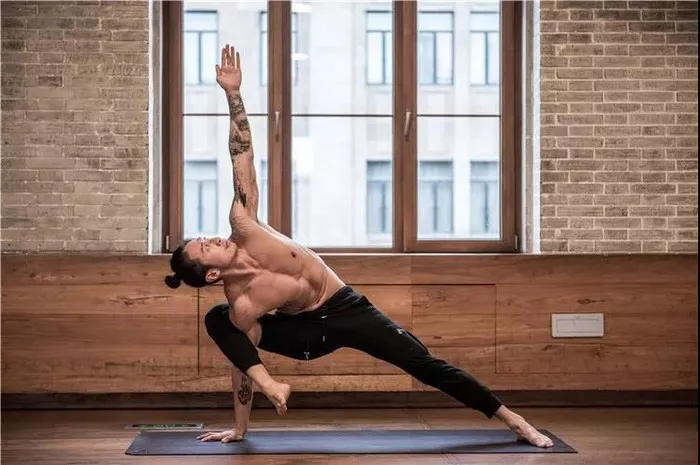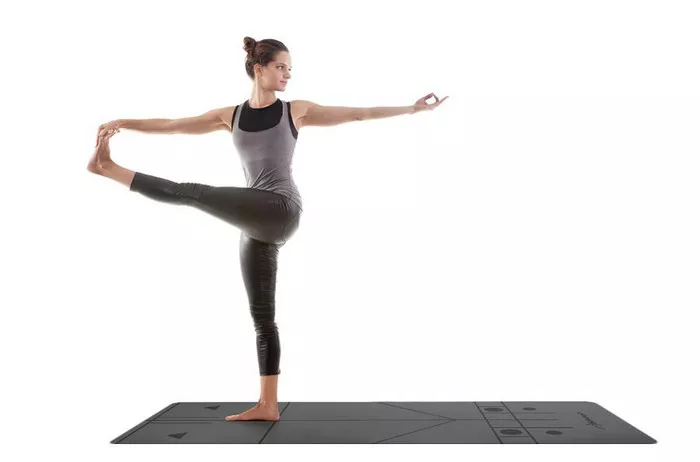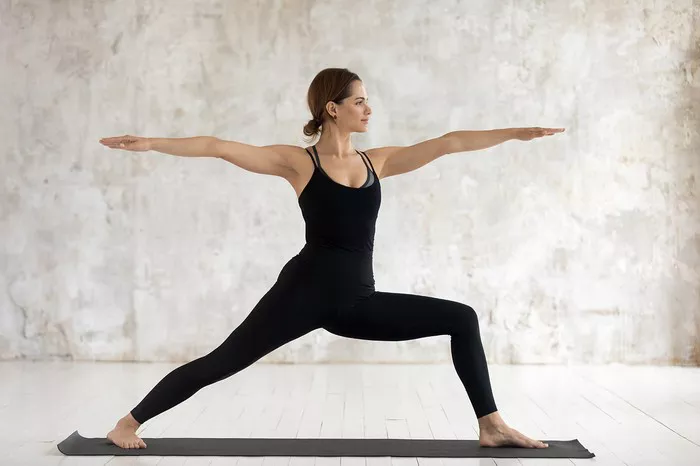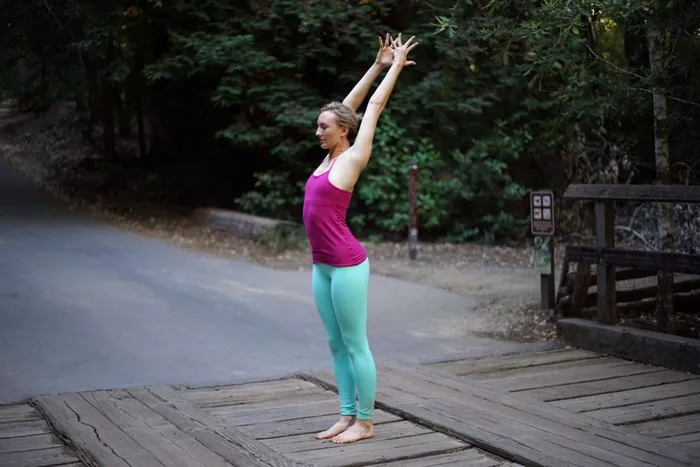In today’s digital age, our eyes are constantly bombarded with screens, leading to increased strain and potential deterioration of eyesight. As a result, many individuals seek ways to alleviate this strain and improve their vision. While there are various methods and techniques available, yoga stands out as a holistic approach that not only addresses the physical aspects of eye health but also integrates mental well-being and relaxation techniques. In this article, we explore the different yoga practices that are beneficial for eyesight improvement.
Understanding the Connection Between Yoga and Eyesight
Before delving into specific yoga practices, it’s essential to understand the underlying principles of how yoga can benefit eyesight. Yoga is a multifaceted discipline that encompasses physical postures (asanas), breathing techniques (pranayama), and meditation. These components work synergistically to enhance overall health and well-being, including ocular health.
The eyes are surrounded by muscles that, like any other muscle in the body, can become strained and fatigued. Prolonged periods of screen time, poor posture, and stress contribute to this strain, leading to symptoms such as eye fatigue, dryness, and blurred vision. Yoga helps alleviate these symptoms by:
1. Increasing Blood Circulation: Yoga poses and movements promote blood flow to the eyes, delivering essential nutrients and oxygen that support eye health.
2. Relieving Tension: Specific yoga poses target the muscles around the eyes and the forehead, releasing tension and reducing strain.
3. Improving Focus and Concentration: Yoga practices enhance mental clarity and concentration, which are crucial for maintaining optimal eyesight.
4. Promoting Relaxation: Deep breathing techniques and meditation calm the nervous system, reducing stress levels that can negatively impact eye health.
Now, let’s explore some of the yoga practices that specifically target eyesight improvement.
Yoga Poses for Healthy Eyes
1. Palming (Hasta Mudra):
Palming is a simple yet effective technique to relax the eyes and alleviate strain. To practice palming:
- Rub the palms of your hands together vigorously until they generate heat.
- Cup your palms and place them gently over your closed eyes without applying pressure.
- Allow the warmth from your palms to penetrate your eyes, soothing tired muscles.
- Take deep breaths and visualize darkness or a soothing color to enhance relaxation.
2. Eye Rotations (Netra Vyayam):
Eye rotations help improve flexibility and circulation in the eye muscles. To perform eye rotations:
- Sit comfortably with your spine erect.
- Slowly rotate your eyes clockwise for a few rounds, then reverse the direction counterclockwise.
- Ensure smooth and controlled movements without straining the eyes.
- Repeat this exercise several times, blinking in between rotations to moisturize the eyes.
3. Downward Facing Dog (Adho Mukha Svanasana):
Downward Facing Dog is a widely practiced yoga pose that offers numerous benefits for overall health, including improved blood circulation to the head and eyes. To practice:
- Start on your hands and knees, then lift your hips upward, forming an inverted V-shape with your body.
- Press your palms and heels firmly into the ground while lengthening your spine.
- Gaze towards your navel or between your legs, allowing the head to hang freely.
- Hold the pose for several breaths, focusing on deep, rhythmic breathing.
4. Child’s Pose (Balasana):
Child’s Pose helps relieve tension in the forehead and eye area while promoting relaxation. To perform:
- Kneel on the floor with your big toes touching and knees apart.
- Lower your torso between your thighs and extend your arms forward, resting your forehead on the ground.
- Close your eyes and breathe deeply, allowing your entire body to relax into the pose.
- Stay in Child’s Pose for several breaths, feeling the gentle stretch in your spine and shoulders.
5. Trataka (Candle Gazing):
Trataka is a yogic technique that involves gazing at a fixed point, such as a candle flame, to improve concentration and eyesight. To practice Trataka:
- Sit comfortably in a quiet space with a lit candle placed at eye level about arm’s length away.
- Gaze steadily at the flame without blinking for as long as you can maintain focus.
- When your eyes begin to water or feel strained, close them and visualize the flame’s image in your mind’s eye.
- Repeat this practice for several minutes, gradually increasing the duration over time.
Breathing Techniques for Eye Health
In addition to yoga poses, specific breathing techniques, or pranayama, can enhance eye health by promoting relaxation and increasing oxygen flow to the eyes. Two pranayama techniques particularly beneficial for eyesight improvement are:
1. Bhramari Pranayama (Bee Breath):
Bhramari Pranayama involves producing a humming sound while breathing, which has a calming effect on the mind and nervous system.
- Sit comfortably with your eyes closed and lips gently sealed.
- Inhale deeply through your nose, then exhale slowly while making a low, steady humming sound like a bee.
- Feel the vibration resonating in your head and throughout your face, releasing tension and promoting relaxation.
- Continue for several rounds, allowing each exhalation to be smooth and prolonged.
2. Kapalabhati Pranayama (Skull Shining Breath):
Kapalabhati Pranayama is a dynamic breathing technique that cleanses the respiratory system and energizes the body. It also increases blood circulation, including to the eyes. To practice Kapalabhati Pranayama:
- Sit with your spine erect and hands resting on your knees.
- Take a deep inhalation through your nose, then forcefully exhale through your nose by contracting your abdominal muscles.
- The inhalation should be passive and natural, while the exhalation is short and brisk.
- Continue this rhythmic pumping action for several rounds, gradually increasing the pace while maintaining control.
Incorporating Meditation for Eye Health
Meditation is a powerful tool for promoting relaxation, reducing stress, and enhancing mental clarity, all of which contribute to improved eyesight. By incorporating meditation into your daily routine, you can cultivate a calm and focused mind, which is essential for maintaining optimal eye health. Here’s a simple meditation practice for enhancing eye health:
Mindfulness Meditation:
Mindfulness meditation involves being fully present in the moment and observing sensations without judgment. To practice mindfulness meditation for eye health:
- Find a comfortable seated position with your spine erect and shoulders relaxed.
- Close your eyes and bring your attention to your breath, noticing the inhale and exhale without trying to control it.
- As thoughts arise, gently redirect your focus back to your breath or the sensation of relaxation in your body.
- After a few minutes of breath awareness, shift your attention to the sensations in and around your eyes.
- Notice any tension or discomfort and allow it to dissolve with each exhale, cultivating a sense of ease and relaxation.
Conclusion
Yoga offers a holistic approach to improving eyesight by addressing both the physical and mental aspects of ocular health. By incorporating yoga poses, breathing techniques, and meditation into your daily routine, you can alleviate eye strain, enhance circulation, and promote relaxation, ultimately leading to clearer vision and improved overall well-being. Remember to practice consistency and patience, allowing yourself time to reap the full benefits of yoga for eye health. As always, consult with a healthcare professional before beginning any new exercise or wellness regimen, especially if you have pre-existing eye conditions. With dedication and mindfulness, you can nurture your eyes and cultivate a lifetime of healthy vision through the transformative practice of yoga.
FAQs:
Which exercise is best for eyesight?
The best exercise for eyesight is eye yoga or eye exercises that involve focusing, tracking, and strengthening eye muscles.
What improves eyesight naturally?
Eyesight can be naturally improved through regular eye exercises, proper rest, minimizing eye strain, and maintaining a healthy lifestyle.
Which foods improve eyesight?
Foods rich in antioxidants, vitamins A, C, and E, and omega-3 fatty acids such as carrots, leafy greens, citrus fruits, nuts, and fish can improve eyesight.
Can you fix eyesight with exercises?
While exercises can help maintain and improve eye health, they may not completely fix refractive errors like nearsightedness or farsightedness. Consultation with an eye care professional is recommended for vision correction.





















